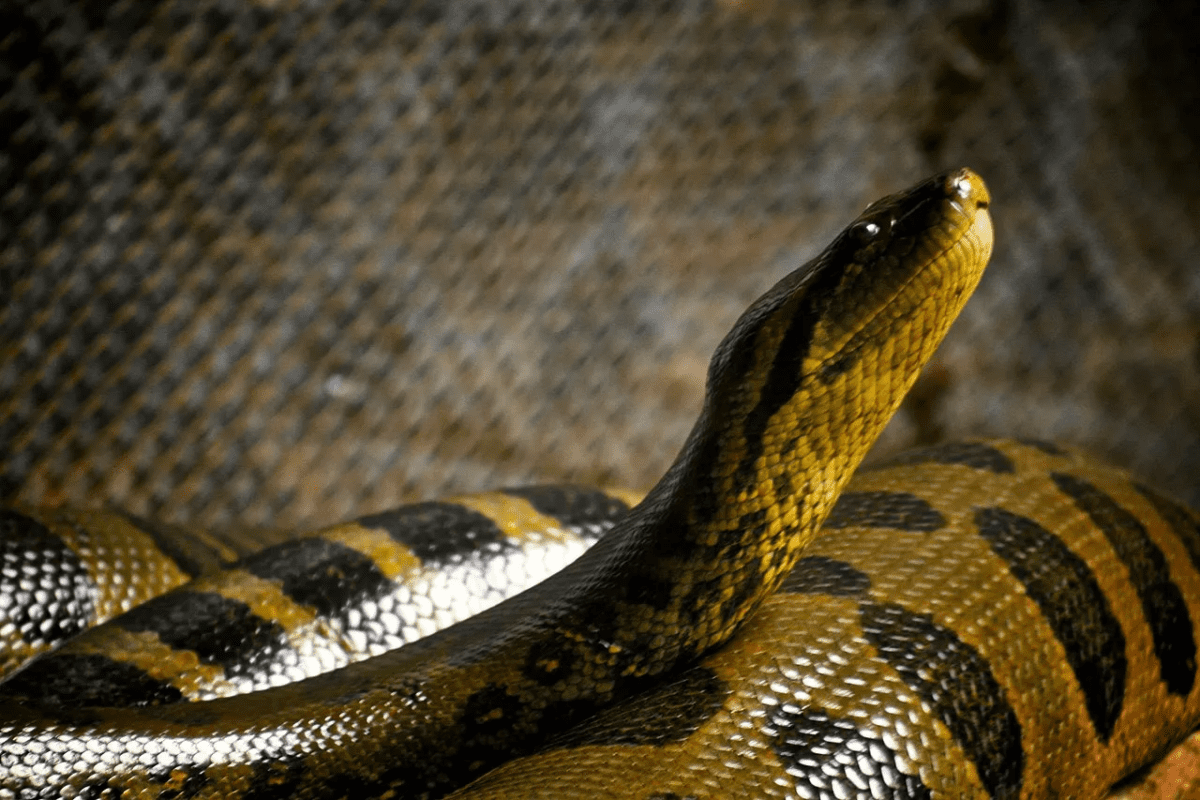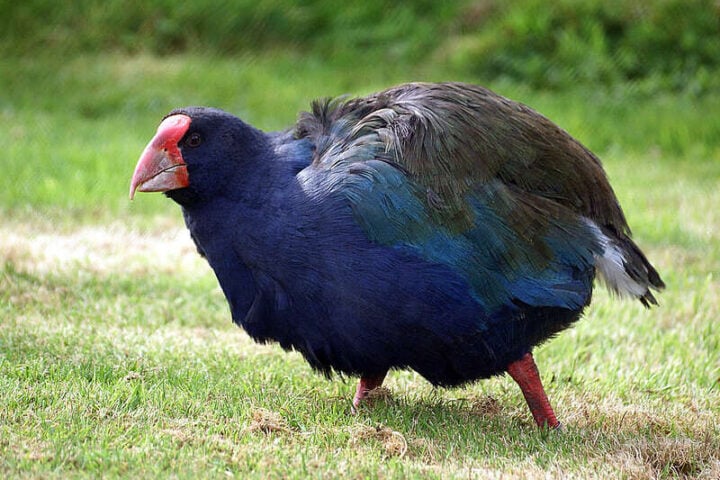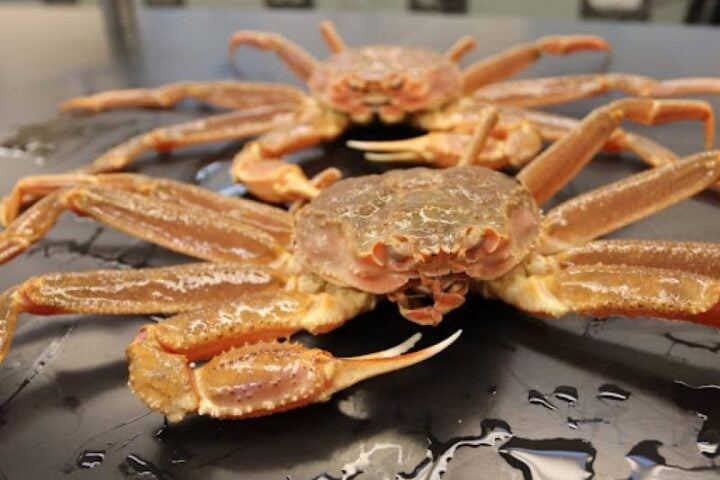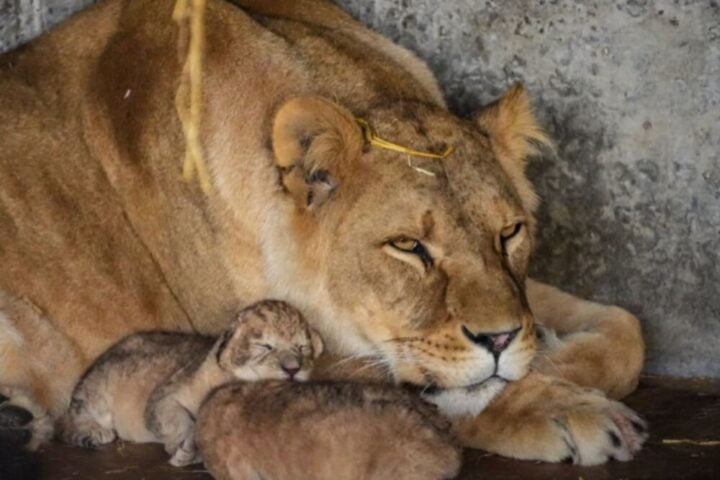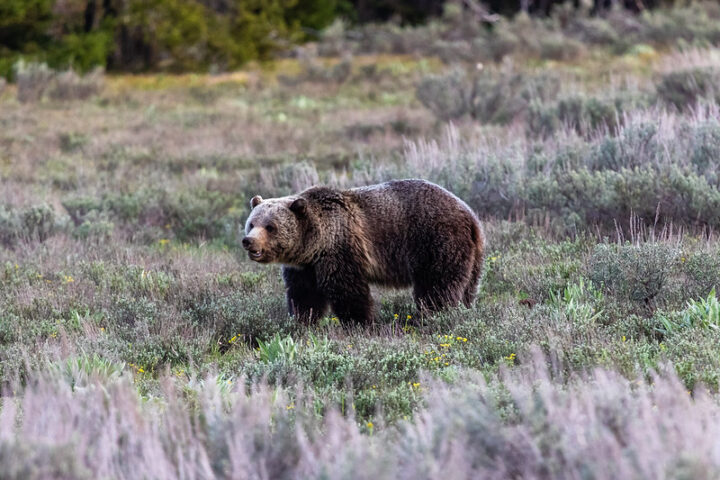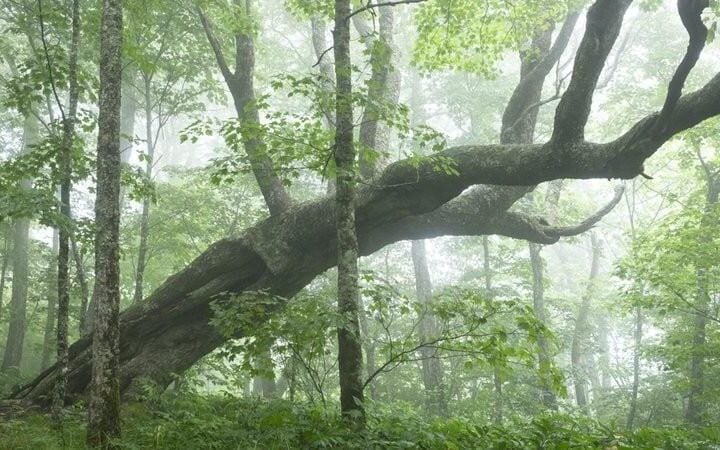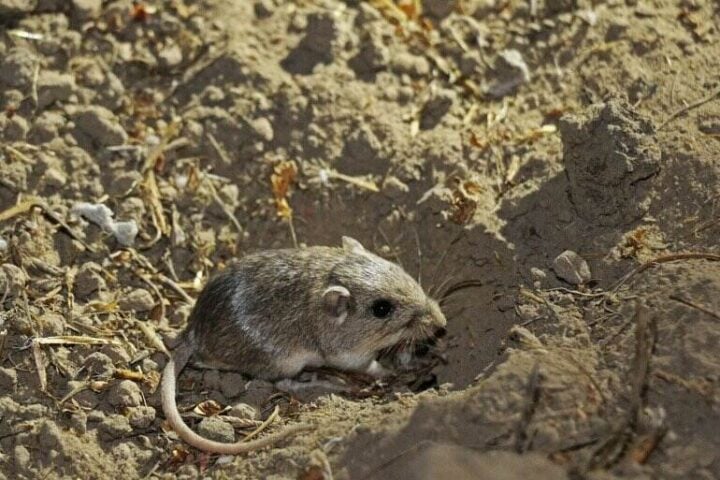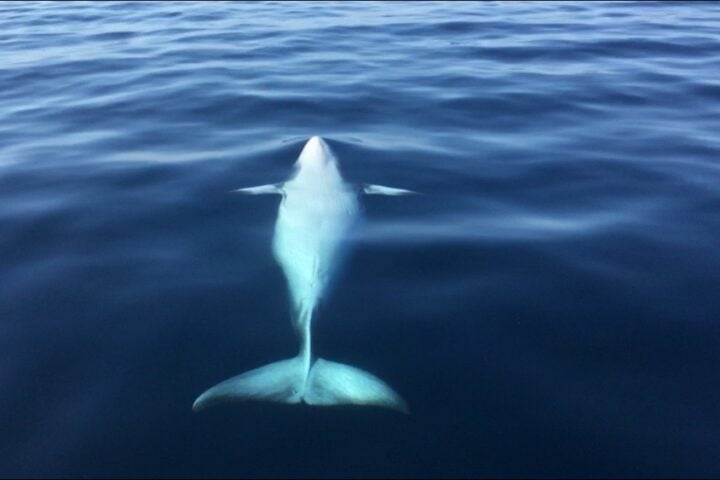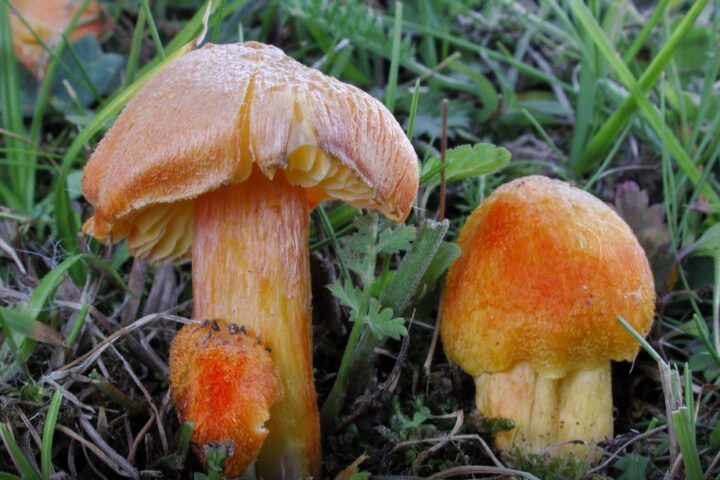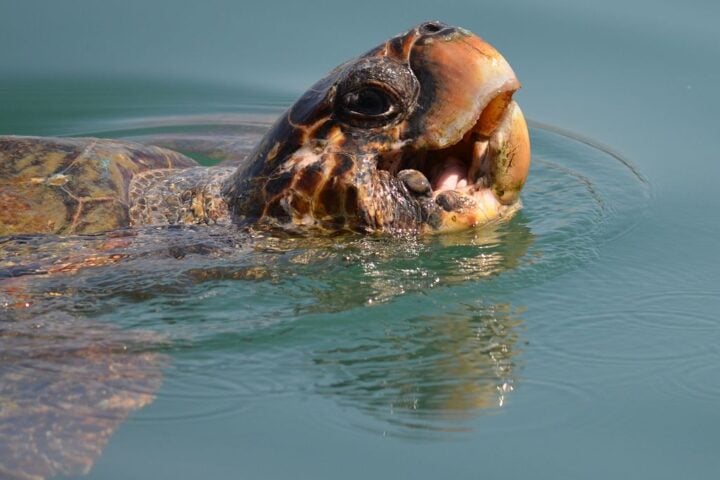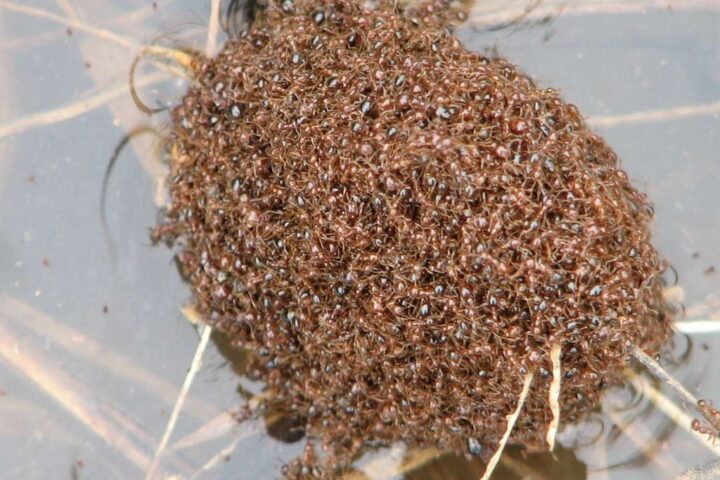Invasive Giants: A Predatory Problem
The landscape of South America’s tropical rainforests is starkly different from Florida’s Everglades, yet, it appears a significant link has been forged between the two: the introduction of Green Anacondas, the world’s heaviest snake species. With the males scaling up to 15 feet and 100 pounds and the females even more colossal, reaching lengths of 26 feet and weights of up to 440 pounds, the Green Anaconda poses an unprecedented threat. Unlike other invasive snakes like the pythons, which are primarily known for their length, anacondas are notably bulkier. This physical characteristic enhances their predatory capabilities, making them a formidable and invasive species.
Disruption of the Everglades’ Delicate Balance
The appearance of juvenile anacondas in the wild raises alarm bells. Their presence indicates possible reproduction, a worrisome trend considering the significant ecological impact invasive species can have on an environment like the Everglades. The delicate balance of the ecosystem, already disrupted by the introduction of the Burmese pythons since the 80s and 90s, is at risk of further disturbance. Observers fear that the green anacondas could echo a similar pattern, leading to an ecological crisis.
Not Just a Threat, A Looming Crisis
Historically, the presence of invasive snake species has proven devastating for the local wildlife. The increase in the population of invasive pythons, for instance, is directly linked to the plummeting population of small mammals. Consequently, the larger predators lose a major food source, while the prey of these smaller mammals experience a population boom. The potential establishment of green anacondas in the Everglades could lead to similar, if not worse, outcomes. The diverse diet of the anacondas, which includes birds, amphibians, reptiles, mammals, and fish, could further strain the ecosystem.
Similar Post
The Perils of Inaction
The urgency of the situation cannot be overstated. If these invasive snake species are allowed to continue spreading unchecked, the problems will only escalate. The state of Florida may just be the first casualty, as these reptiles possess the potential to spread beyond its borders. As eradication becomes increasingly difficult, the primary focus must be on mitigation and prevention of further spread. Immediate and smart investment in research, conservation efforts, and public education is the need of the hour.
A Clarion Call for Coordinated Action
The introduction of green anacondas in Florida presents a critical ecological problem. However, the issue at hand is not merely about the snakes; it’s about the broader implications for the U.S.’s biodiversity. As different parts of the country face various ecological challenges, including scorpions in Arizona and wolves in Washington, the overarching threat of invasive species brings forth an urgent need for coordinated and comprehensive action to safeguard the country’s natural heritage. This crisis underscores the importance of maintaining the delicate balance of ecosystems and the detrimental effects invasive species can have on them. As such, it’s a wake-up call for policymakers, scientists, and the public at large to prioritize conservation.
